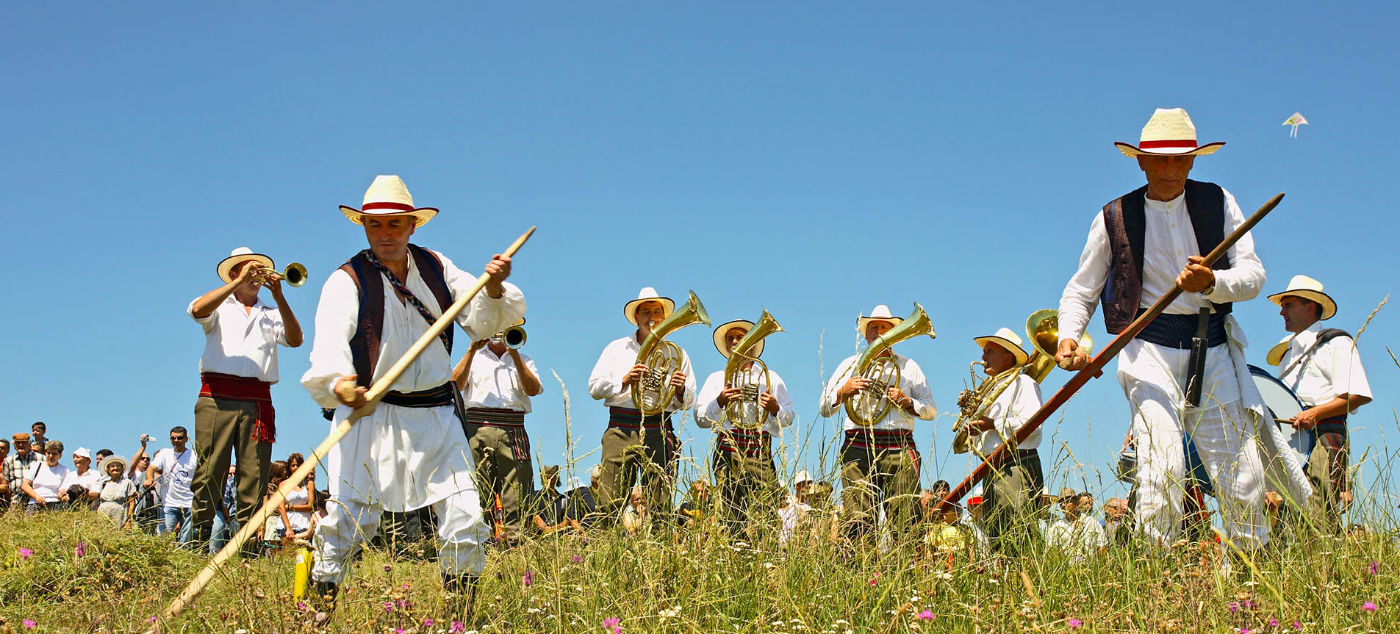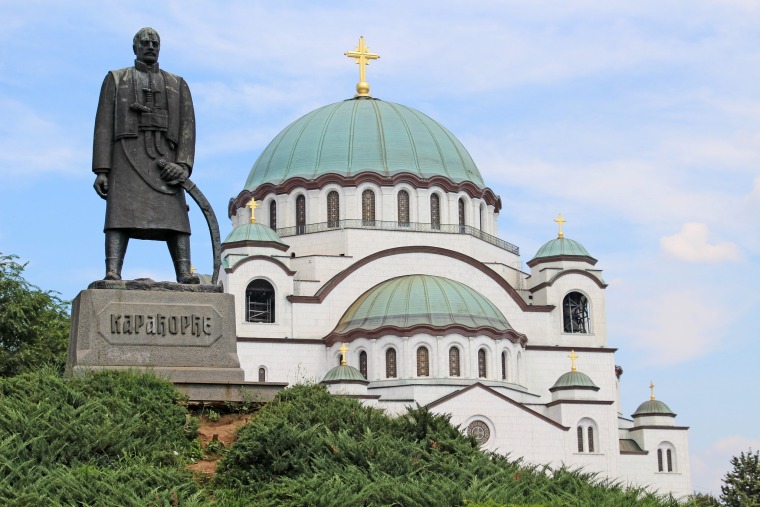Archaeological sites in the country reveal that Serbia was once the home of ancient civilizations, the birthplace of 16 roman emperors, and briefly even hosted the capital of Eastern Roman Empire.
Numerous archaeological sites can be found in modern day Serbia, for this region has always been a stage where history has played some of its most significant plays, today already myths and legends.
Ancient civilizations called this land their home, and the oldest traces of human presence in this region date from over 40,000 years ago. Some of the most developed and most complex prehistoric cultures had lived on these river banks, above all on the Danube.
The remains of the prehistoric culture from Lepenski Vir dating back to the 7th millennium B.C. and the Vinča culture near Belgrade, the world’s most advanced prehistoric culture, were found in archaeological sites around here.
During difficult times the territory of Serbia has become the center of the world of antiquity. Seventeen Roman Emperors were born here, including Constantine the Great – the Roman Emperor who issued the Edict of Milan that and stopped the persecutions of Christians.
At that time, cities were rising one after another, aqueducts and temples were being built and their remains and the corresponding archaeological sites are left to remind us of the power of great civilizations. One of those cities – Sirmium, today Sremska Mitrovica, once used to be the capital of Eastern Roman Empire.
Fossils of prehistoric animals found in this region testify of life flourishing thousands of years before us. Two hundred million years old dinosaur fossils were found at Mt. Stara planina (the Balkan mountains), a million years old skeleton of a mammoth was discovered in Viminacium near the town of Kostolac, while in one part of Belgrade, which lies on two rivers, a shark tooth was discovered.
This page takes you to the exciting “archaeological walk” through Serbia.




















